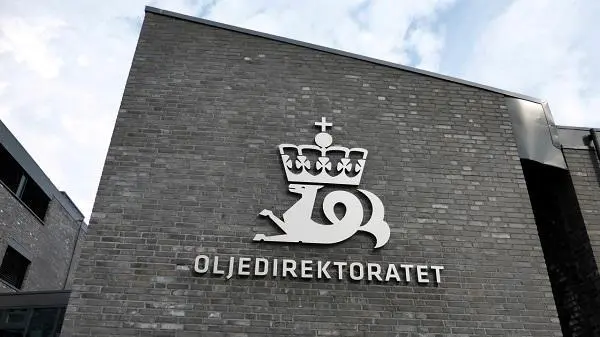A Norwegian study has uncovered significant resources of metals and minerals, including copper and rare earths, on the seabed of the country's extended continental shelf, Norwegian authorities said in their official resource assessment report.

These resources are in high demand due to their important role in the transition to a green economy.
This Nordic country, a major oil and gas exporter, is considering whether to open its offshore areas to deep sea mining, a process that requires parliamentary approval and has raised concerns around environmental issues.
"Metals on the European Commission's list of critical minerals, including magnesium, niobium, cobalt and rare earth minerals, were found on the seabed in the study area," the Norwegian Petroleum Administration, which carried out the study, said in a statement.
The resource assessment, which covers the remote area of the Norwegian and Greenland seas, has copper reserves of 38 million tonnes, almost double the amount that is mined globally each year, and 45 million tonnes of zinc in polymetallic sulphides.
These seafloor sulphides are located on mid-ocean ridges at a depth of about 3,000 meters.
Manganese crusts that formed on the bedrock in the area over millions of years are estimated to contain about 24 million tons of magnesium, 3.1 million tons of cobalt and 1.7 million tons of cerium, a rare earth element used in alloys. Manganese crusts may also contain other rare earth metals such as neodymium, yttrium and dysprosium.
"Expensive and rare minerals such as neodymium and dysprosium are extremely important for making magnets for wind turbines and motors for electric vehicles," said the Norwegian Petroleum Administration.

Norway's announcement of the discovery follows Sweden's Luosaberg-Kirunaberg company announcing in January that it had discovered Europe's largest deposit of rare earth oxides in the far north of the country.